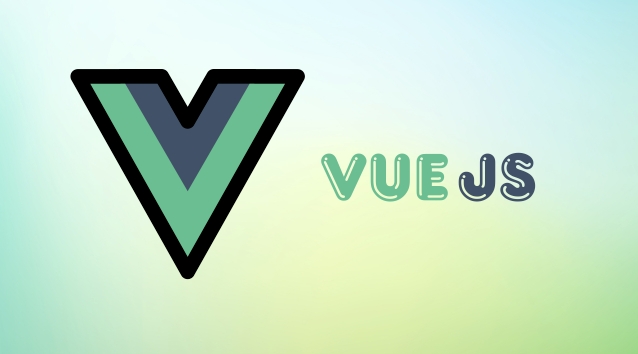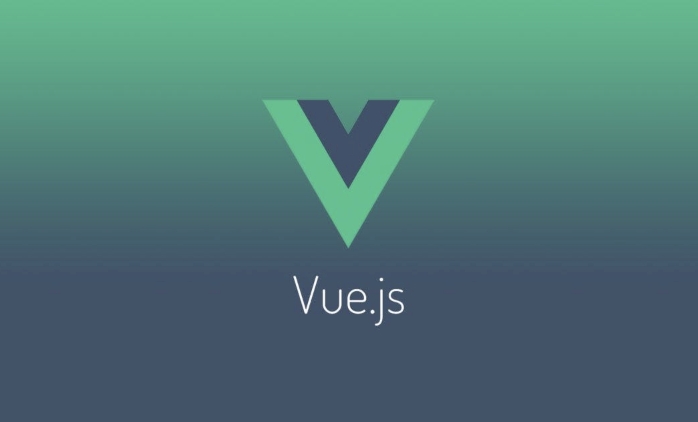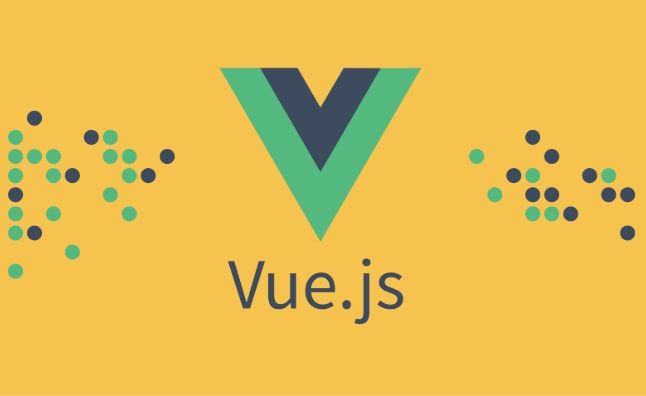Disabling Source Map in Vue projects in a production environment is simple and is mainly achieved by modifying the build configuration. 1. For Vue CLI projects, set productionSourceMap: false in vue.config.js; 2. For Vite projects, set sourcemap to false in the build configuration of vite.config.js. This prevents .map files from being generated, improves security, reduces deployment volume and avoids misleading online debugging. Verification methods include checking whether the dist directory contains .map files and whether the source code structure cannot be expanded in the browser developer tools. It is recommended to include configuration in version control to ensure team consistency.

Disabling Source Map in Vue projects in a production environment is actually very simple, it mainly controls the relevant options in the build configuration. Vue projects usually use Vue CLI or Vite for packaging and construction, and the settings of different tools are slightly different.

Modify vue.config.js to close Source Map (for Vue CLI)
If you are creating a project through the Vue CLI, the production build will generate .map files by default, which is convenient for debugging, but it is recommended to turn it off when it is online.
You only need to add the following configuration to the vue.config.js file in the root directory of the project:

module.exports = {
productionSourceMap: false
} After this configuration, the source map file will not be generated when executing npm run build or yarn build .
How to disable Source Map when building with Vite
If you are using a Vue project built by Vite, the way to close the source map is slightly different.

In vite.config.js , the generation of sourcemap can be controlled through build configuration item:
import { defineConfig } from 'vite'
import vue from '@vitejs/plugin-vue'
export default defineConfig({
plugins: [vue()],
build: {
sourcemap: false
}
})After this configuration, Vite will not output the source map file when packaged.
Why do you need to turn off Source Map?
- Security considerations : source map will make it easier for others to restore your source code structure, especially for projects with more sensitive front-end logic.
- Reduce deployment volume : Source map files can take up some space, especially in large projects, removing them can reduce the size of the release package.
- Avoid misleading debugging : Online environments should not be used for debugging. Keeping source maps may be used for misleading problems, affecting troubleshooting efficiency.
Confirm whether Source Map is successfully disabled
You can verify that the source map is not generated in the following ways:
- After executing the build command, check whether the
.mapfile exists indist/directory. - Open the Sources panel in the browser developer tools to check if there is an expandable source code structure.
If you do not see the source code map or .map file, it means that it has taken effect.
Basically that's it. The operation is not complicated but is easy to ignore, especially in team collaboration. Remember to add this configuration to version control to ensure that the production version built by everyone is consistent.
The above is the detailed content of How to disable source maps in production Vue build?. For more information, please follow other related articles on the PHP Chinese website!

Hot AI Tools

Undress AI Tool
Undress images for free

Undresser.AI Undress
AI-powered app for creating realistic nude photos

AI Clothes Remover
Online AI tool for removing clothes from photos.

Clothoff.io
AI clothes remover

Video Face Swap
Swap faces in any video effortlessly with our completely free AI face swap tool!

Hot Article

Hot Tools

Notepad++7.3.1
Easy-to-use and free code editor

SublimeText3 Chinese version
Chinese version, very easy to use

Zend Studio 13.0.1
Powerful PHP integrated development environment

Dreamweaver CS6
Visual web development tools

SublimeText3 Mac version
God-level code editing software (SublimeText3)

Hot Topics
 How to develop a complete Python Web application?
May 23, 2025 pm 10:39 PM
How to develop a complete Python Web application?
May 23, 2025 pm 10:39 PM
To develop a complete Python Web application, follow these steps: 1. Choose the appropriate framework, such as Django or Flask. 2. Integrate databases and use ORMs such as SQLAlchemy. 3. Design the front-end and use Vue or React. 4. Perform the test, use pytest or unittest. 5. Deploy applications, use Docker and platforms such as Heroku or AWS. Through these steps, powerful and efficient web applications can be built.
 Laravel Vue.js single page application (SPA) tutorial
May 15, 2025 pm 09:54 PM
Laravel Vue.js single page application (SPA) tutorial
May 15, 2025 pm 09:54 PM
Single-page applications (SPAs) can be built using Laravel and Vue.js. 1) Define API routing and controller in Laravel to process data logic. 2) Create a componentized front-end in Vue.js to realize user interface and data interaction. 3) Configure CORS and use axios for data interaction. 4) Use VueRouter to implement routing management and improve user experience.
 How to configure vue with vscode
Apr 16, 2025 am 07:06 AM
How to configure vue with vscode
Apr 16, 2025 am 07:06 AM
How to configure VSCode to write Vue: Install the Vue CLI and VSCode Vue plug-in. Create a Vue project. Set syntax highlighting, linting, automatic formatting, and code snippets. Install ESLint and Prettier to enhance code quality. Integrated Git (optional). After the configuration is complete, VSCode is ready for Vue development.
 How to separate the front and back end of wordpress
Apr 20, 2025 am 08:39 AM
How to separate the front and back end of wordpress
Apr 20, 2025 am 08:39 AM
It is not recommended to directly modify the native code when separating WordPress front and back ends, and it is more suitable for "improved separation". Use the REST API to obtain data and build a user interface using the front-end framework. Identify which functions are called through the API, which are retained on the backend, and which can be cancelled. The Headless WordPress mode allows for a more thorough separation, but it is more cost-effective and difficult to develop. Pay attention to security and performance, optimize API response speed and cache, and optimize WordPress itself. Gradually migrate functions and use version control tools to manage code.
 How to run vue with vscode
Apr 16, 2025 am 07:39 AM
How to run vue with vscode
Apr 16, 2025 am 07:39 AM
Running a Vue project in VSCode requires the following steps: 1. Install the Vue CLI; 2. Create a Vue project; 3. Switch to the project directory; 4. Install project dependencies; 5. Run the development server; 6. Open the browser to visit http://localhost:8080.
 How to push the video stream of Hikvision camera SDK to the front-end Vue project for real-time playback?
Apr 19, 2025 pm 07:42 PM
How to push the video stream of Hikvision camera SDK to the front-end Vue project for real-time playback?
Apr 19, 2025 pm 07:42 PM
How to push video streams from Hikvision camera SDK to front-end Vue project? During the development process, you often encounter videos that need to be captured by the camera to be circulated...
 How to work and configuration of front-end routing (Vue Router, React Router)?
May 20, 2025 pm 07:18 PM
How to work and configuration of front-end routing (Vue Router, React Router)?
May 20, 2025 pm 07:18 PM
The core of the front-end routing system is to map URLs to components. VueRouter and ReactRouter realize refresh-free page switching by listening for URL changes and loading corresponding components. The configuration methods include: 1. Nested routing, allowing the nested child components in the parent component; 2. Dynamic routing, loading different components according to URL parameters; 3. Route guard, performing logic such as permission checks before and after route switching.
 What is the significance of Vue's reactivity transform (experimental, then removed) and its goals?
Jun 20, 2025 am 01:01 AM
What is the significance of Vue's reactivity transform (experimental, then removed) and its goals?
Jun 20, 2025 am 01:01 AM
ReactivitytransforminVue3aimedtosimplifyhandlingreactivedatabyautomaticallytrackingandmanagingreactivitywithoutrequiringmanualref()or.valueusage.Itsoughttoreduceboilerplateandimprovecodereadabilitybytreatingvariableslikeletandconstasautomaticallyreac






